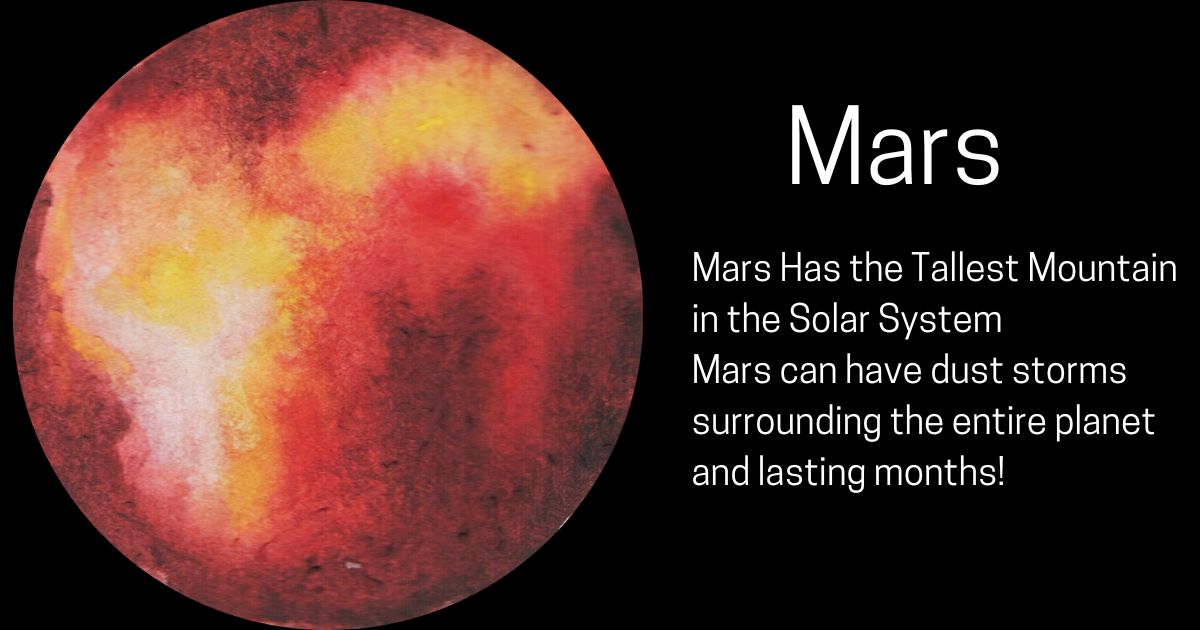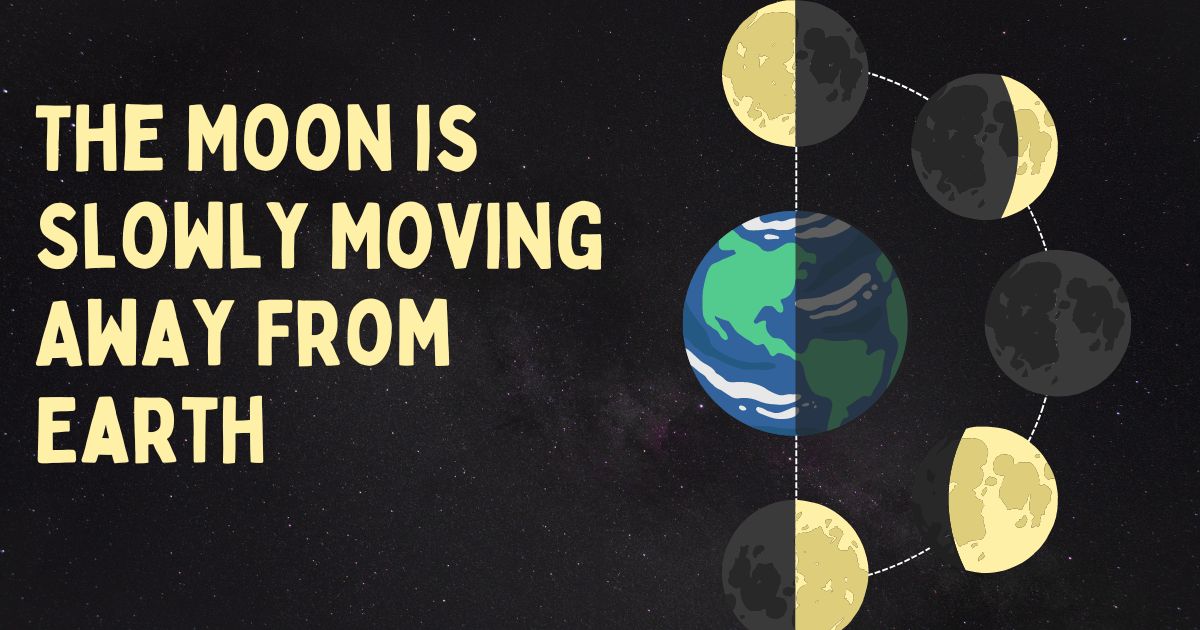The solar system has, until the end of time, been a wellspring of unending marvel. With planets, moons, and endless idiosyncrasies that make heads turn, the planetary bunch is domestic to a few unimaginable substances you will have a difficult time accepting exist. Whether you’re a space significant other or fair some person curious around the universe we live in, these substances will without a doubt take you stunned.
This exhaustive article will explore 10 phenomenal solar system substances that may basically take your breath away. From planets with interesting air conditions to moons with oceans concealed underneath chilly surfaces, there’s no need of captivating disclosures. We ought to dive into this unbounded excursion!
Our solar system is impressively more than essentially the sun, the eight planets, and their moons. It’s stacked up with stuns that restrict the standard way of considering and challenge how we might translate how the universe capacities. In this article, we will uncover 10 dazzling adjacent planet bunch substances you will have a difficult time accepting exist, going from the inconceivable to miss to the completely intellect-boggling. How approximately we investigate!
Fact 1: Jupiter’s Great Red Spot is a Giant Storm
Perhaps the most infamous component in the adjacent solar system is Jupiter’s Uncommon Ruddy Spot. What you can be beyond any doubt of is that this is truly a huge whirlwind, greater than Soil, that has been fuming for something like 350 a long time. Analysts believe that this whirlwind is so unfaltering since of Jupiter’s nonattendance of a solid surface and the planet’s quick revolution.
Key Activity item:
- Jupiter’s Unimaginable Ruddy Spot is a monster storm, around 1.3 times the estimate of Earth.
Benefits of Concentrating on This:
- Assist analysts with figuring out climate conditions on gas goliaths and discussing elements.
Fact 2: Venus Rotates Backwards
Dissimilar to most planets in the solar system, Venus turns the other way. This is so serious that if you were remaining on the external layer of Venus (which is incredible since of its preposterous temperatures and discuss weight), you would see the sun rise in the west and set in the east.
Key Critical Point:
- Venus turns the other way, differentiated with the soil and most distinctive planets.
Benefits of Concentrating on This:
- Gives understanding into the set of encounters and improvement of the solar system.
Fact 3: Saturn’s Density is Lower Than Water
Saturn, the gas goliath known for its stunning rings, has its exceptionally marvellous reality: it’s so light for its measure that if you would put Saturn in a creature pool of water, it would float. This is on the grounds that Saturn’s thickness is lower than water.
Key Activity item:
- Saturn’s thickness is not precisely that of water, making it a floating planet (speculatively).
Benefits of Concentrating on This:
- Improves how we might translate the piece and development of gas goliaths.
Fact 4: Mars Has the Tallest Mountain in the Solar System
Mars, the ruddy planet, is domestic to the tallest mountain in the solar system: Olympus Mons. This tremendous wellspring of fluid magma is around 13.6 miles (22 kilometres) tall, making it nearly numerous times the level of Mount Everest. Its base is, for the most part, the measure of the area of Unused Mexico.
Key Imperative point:
- Olympus Mons on Damages is the tallest mountain in the adjacent solar system, rising above at 13.6 miles high.
Benefits of Concentrating on This:
- Mars’ arrival history can grant signs of almost the planet’s volcanic activity and conceivable past tenability.
Fact 5: Uranus Rotates on Its Side
Uranus is exceptional in the adjacent solar system since it turns on its side. Most planets have their rotational centre nearly inverse to their orbital plane; however, Uranus is spilt by in abundance of 90 degrees. This gives the planet preposterous seasons, with each shaft experiencing 42 a long time of sunshine taken after by 42 a long time of murkiness.
Key central point:
- Uranus turns on its side, giving it bizarre intermittent examples.
Benefits of Concentrating on This:
- Assists analysts with concentrating on the impact of over the top centre inclines on planetary situations and climatic circumstances.
Fact 6: The Moon is Slowly Moving Away From Earth
Our moon is steadily coasting absent from Soil at a pace of around 1.5 inches (3.8 cm) each year. This is because of streaming collaborations among Soil and the moon, which cause a trade of vitality that dynamically drives the moon away.
Key central point:
- The moon is making a few separate from Soil at a pace of 1.5 inches each year.
Benefits of Concentrating on This:
- Understanding the moon’s improvement helps analysts with anticipating future changes in Earth’s tides and the length of our days.
Fact 7: Neptune’s Winds Are Supersonic
Neptune, the most distant planet from the sun, has the most exceptional breezes in the adjacent solar system. These breezes can arrive at speeds of north of 1,200 miles each hour (2,000 km/h), which is faster than the speed of sound. It is truly stunning that these supersonic breezes happen in a climate stacked up with methane gas, making Neptune a truly unordinary world.
Key Activity item:
- Neptune’s breezes can outperform 1,200 miles each hour, outflanking the speed of sound.
Benefits of Concentrating on This:
- Assists analysts with understanding how such genuine breezes can shape in a methane-rich air.
Fact 8: Pluto is Smaller Than the USA
Despite the truth that Pluto was minimised to an undersized planet in 2006, it really holds an exceptional spot in the solar system. One surprising reality is that Pluto’s breadth (around 1,473 miles or 2,377 kilometres) is more humble than the width of the US territory.
Key central point:
Pluto’s estimation is more unassuming than the width of the USA.
Benefits of Concentrating on This:
Features the assortment in estimate among objects assigned planets and little planets.
Fact 9: Europa, One of Jupiter’s Moons, May Harbour Life
Europa, one of the numerous moons circling Jupiter, takes care of a surface in ice. Underneath this ice, analysts acknowledge there is a colossal region of liquid water that might really hold onto life. Europa’s genuine capacity as a lasting spot for extraterrestrial life has made it maybe one of the most concentrated on divine bodies in the adjacent planet group.
Key central point:
Europa takes care of an ice ocean underneath its surface, making it a plausibility for extraterrestrial life.
Benefits of Concentrating on This:
Offers the chance of following down life past soil and expands how we might decipher bearable conditions in the adjacent planet group.
Fact 10: Mercury Has Ice on Its Surface
Mercury, the closest planet to the sun, may appear like the final spot you’d trust to track down ice. Regardless, analysts have found water ice in until the end of time shadowed cavities near to Mercury’s shafts. In show disdain towards its preposterous temperatures, these districts never get prompt sunshine, allowing ice to exist.
Key Vital Point:
Mercury, the closest planet to the sun, has ice in until the end of time-shadowed areas.
Benefits of Concentrating on This:
Gives noteworthy information around the spread of water in the adjacent solar system and the potential for ice in unexpected spots.
FAQs
1. What is the biggest storm in the solar system?
The most noteworthy whirlwind in the adjacent solar system is Jupiter’s Uncommon Ruddy Spot, which is a goliath storm greater than Soil and has been energetic for a very long time.
2. For what reason does Venus turn in reverse?
Venus turns in inconceivably since of a huge crash or communications with diverse bodies in its beginning improvement, making it turn the other way.
3. Seem individuals at any point get by on Europa?
While Europa might have the circumstances to hold onto microbial life, its surface radiation and cold climate make it unacceptable for human home as of now.
4. For what reason is Uranus shifted?
Uranus’ preposterous incline is accepted to be the result of a crash with another gigantic article right off the bat in the planet’s set of encounters, making it turn on its side.
5. How long will the moon proceed to make a few separate from Earth?
The moon will keep making a few separate from the soil at its continuous rate; be that as it may, this cycle is exceptionally drowsy, and it will require billions of a long time to have a recognisable effect.
6. How strong are Neptune’s breezes?
Neptune’s breezes are the fastest in the solar system, arriving at speeds of north of 1,200 miles per hour, faster than the speed of sound.
7. How tall is Olympus Mons on Mars?
Olympus Mons on Defaces remains at an astounding level of 13.6 miles, making it nearly three times taller than Mount Everest.
Conclusion
Our solar system is brimming with stuns, from in-switch turning planets to supersonic breezes and unusual moons with oceans underneath their surfaces. These 10 shocking adjacent solar system substances you will have a difficult time accepting exist and show the incredible assortment and complexity of the divine bodies that include us. As we continue to examine and discover out more, who can say for beyond any doubt what other astounding revelations anticipate?

